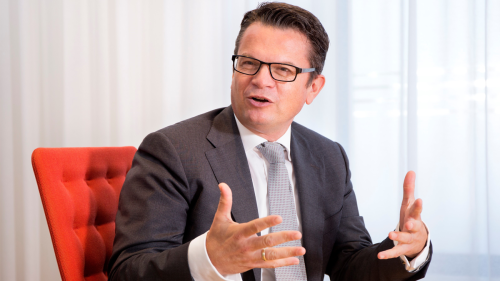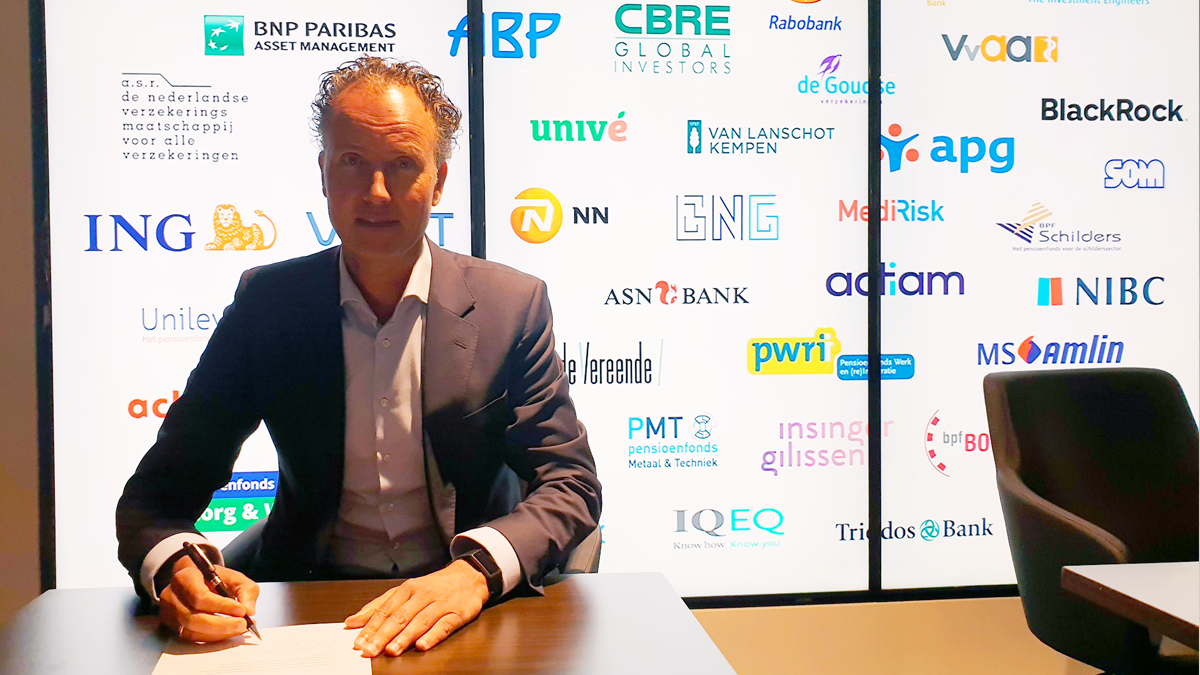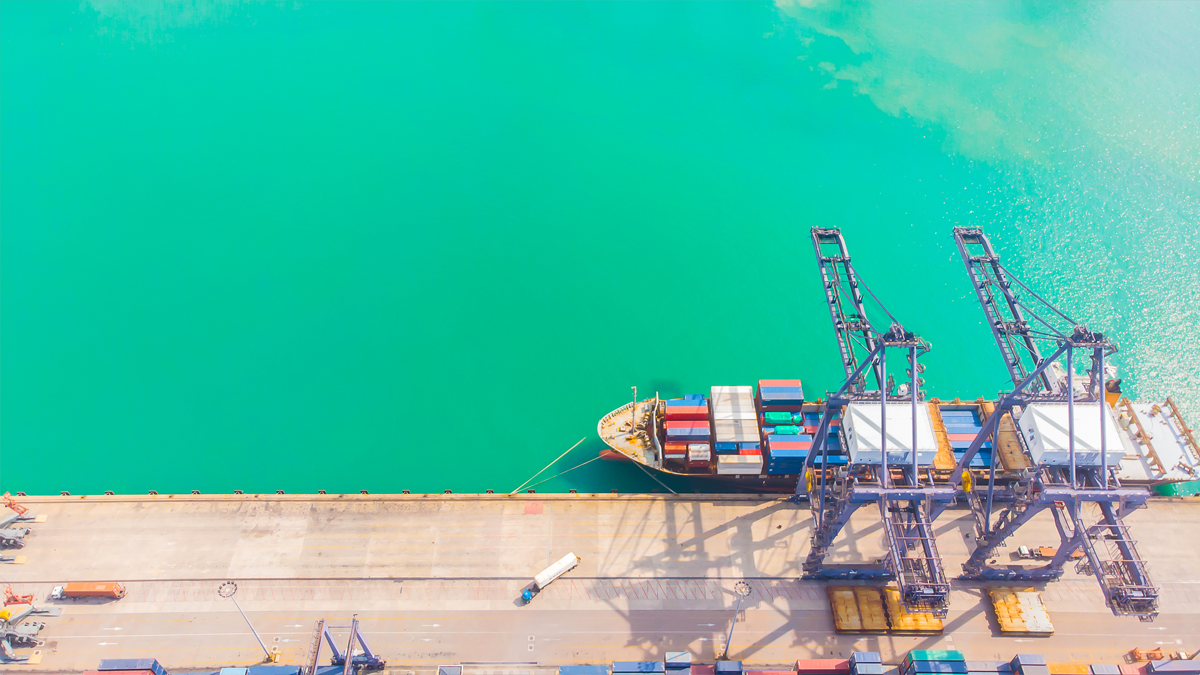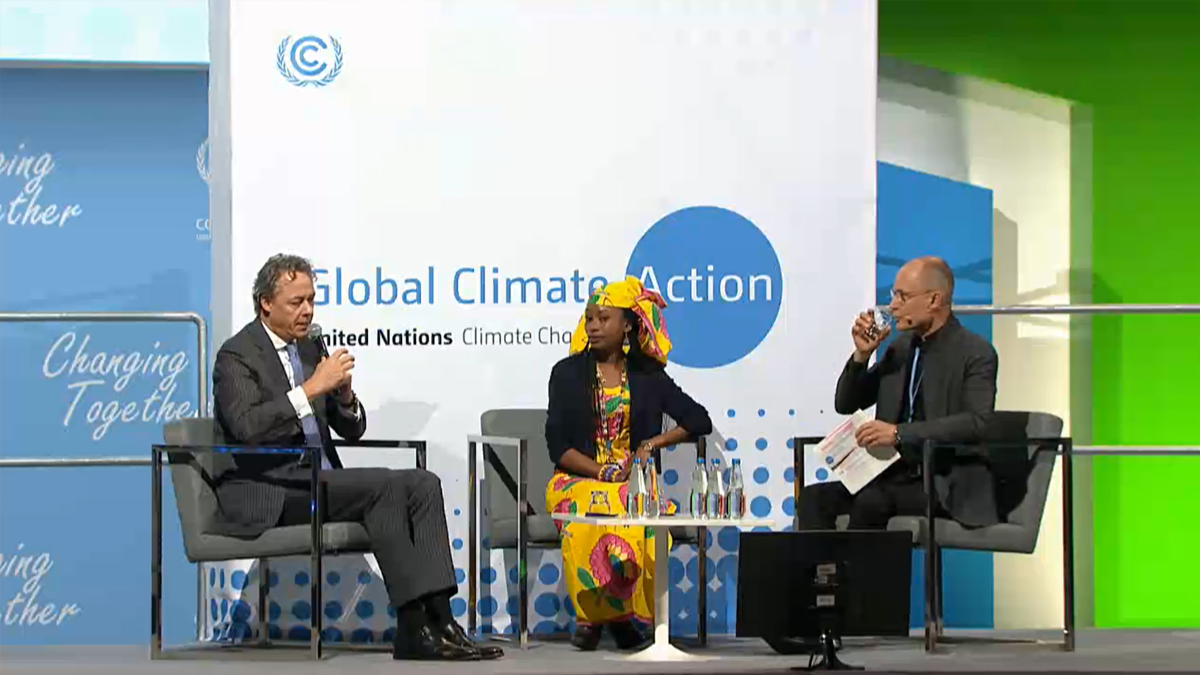10 questions on Terra
ING said last year that we’d put our loan book to work in order to help fight climate change. We call our strategy the Terra approach.

“If you’re the first but you’re there alone then you haven’t really gotten anywhere,” says Léon Wijnands.
To recap: we’ll focus on the sectors that are responsible for most greenhouse gas emissions and use specific approaches per sector in order to make the most impact. We’re working to make this approach the industry standard, as we believe it will increase transparency and make the banking industry as a whole more effective in fighting climate change.
So what’s next? Here, ING global head of Sustainability Léon Wijnands updates us on the achievements and challenges of our Terra approach, as well as what we can expect this year.
1. So, where are we now?
“We’re working on a few fronts. One: we’re working within ING, using the actual measurement tool and preparing our first progress update. Two, we’re working outside ING, where we’re trying to expand the group of banks that we’re working with. And thirdly, we’re increasingly meeting with stakeholders – regulators, governments, bodies like the UN – to present the methodology and create acceptance for it to become the global standard.”
2. Are we on track?
“You could say we used the fourth quarter last year and first quarter this year to focus on the external part – using the momentum we had at the global climate conference in Katowice to create that bigger group of peers. In September we were alone. In December, there were five. And now that group is at 20 banks and growing.
“From the second quarter we’ve been working on a few technical challenges and ongoing implementation but are on track to deliver results and progress updates on a few sectors later this quarter. That’s obviously the real proof in the pudding.”
3. What are some of the challenges we’re facing?
“Well although us banks are the same species, we are all different animals. We focus on different kinds of assets, different sectors, different geographical and cultural backgrounds. This makes it difficult to collectively make certain choices when setting a standard like this.
“There’s another challenge. The methodology looks at the technology shift, or ‘pathway’, that’s needed across certain sectors to slow global warming and then measures this against the actual technology clients are using – or plan on using in the future. The thing is, there aren’t always clearly defined pathways or greener technologies available.
“For example, the shipping and aviation sectors were excluded from the Paris Agreement. How do you overcome that and develop something to use in that area? The Poseidon Principles are a good example of how we’ve cooperated with the sector and with other banks to overcome this challenge and agree upon an approach. Developments like these show how important it is to remain open to metrics and methods that are most effective for each sector, rather than being locked into one.”
4. Why did ING decide to be the first to measure in this way?
“It’s really simple: because we want to make an impact. This is not a marketing trick to position ING in a certain way. There is no doubt that climate change is one of the world’s biggest challenges. It will affect society, our customers and ING. Our approach is about seeing it as a transition and thinking inclusively. In making that change happen we need different technologies tomorrow than we do today, and that requires financing. That’s where banks come in. It’s more important what we do finance than what we don’t finance.”
5. Why are we trying to recruit other banks?
“If your vision is that the climate crisis is going to be very relevant for your business, and if your mission is to have impact there, then doing it alone is not going to be successful. The biggest impact we can create is to use the leverage we have with customers and within the industry to try to change the financial ecosystem a bit as well. This is our ‘theory of change’ – the reason it’s so important to make it open source for others to use, to co-create and partner with each other. If you’re the first but you’re there alone then you haven’t really gotten anywhere.”
6. What has the reaction from other banks been like?
“It’s clear that we aren’t doing this to get kudos, so the side effect is that peers talk very positively about ING’s leadership in this area. I think it also strengthens our reputation, as it’s not important what you say about yourself but what other people say about you. And the recognition we get from within the industry but also from governments, regulators and others is very strong. This helps us regain trust and confirms the role we see for ourselves in society.”
7. On the other side of the coin, has there been any criticism?
“Well, our approach is complex. You can’t really explain it in a few hundred characters on Twitter. And it differs from other approaches that are already established. These use carbon accounting (PCAF), which essentially allocates CO2 emissions to a bank’s portfolio – coming up with one big number that should go down.
“So the criticism we receive is, why do we take a different route? If all the banks go this way, why does ING go that way?
“But that criticism isn’t completely valid. Because we take an approach per sector that works for that sector. That’s why we’re currently testing applying certain elements of the PCAF approach for some of the sectors, because that may be the best way to go at this point.”
8. What other companies inspire you?
“I love companies with bold ambitions. Especially when companies are very brave and put bold ambitions out there before they have a very detailed plan on how they’re going to achieve that. I think DSM, the chemical company, is an example of that. And I also dare to put ING in that same space.
“When the Management Board Banking decided to approve our climate ambitions and Isabel [Fernandez] was at the climate summit putting our ambitions out there, we still didn’t detail out completely what it was going to look like. It was more based on our vision and mission.
“I don’t think that we’d have been where we are now if we hadn’t done that. You need that step to drive engagement and to have other parties join you.”
9. Are we pioneers?
“I see this as a pre-competitive space. We’re not going to compete with other banks on methodologies. It’s the next phase where we want to be first. The real competition starts with who’s the best in helping and facilitating their clients in the transition.
“We’re first to launch the platform with Vattenfall, a great example of teaming up with Wholesale Banking clients to help our retail customers, and using the skills we have in our innovation office to realise that. It’s a great example of where everything in our Think Forward strategy comes together – and where we can really differentiate from other banks.”
10. What’s coming up?
“We aim to give a specific update on several sectors in the third quarter. We want to show how we turn commitment into action, transparently.
“I’m convinced that once we have our first reporting out it’ll be easier to understand because we can see what we are aiming for. The engagement will be easier because it’ll be concrete.
“The team is working really hard, and I for one am excited. So, stay tuned.”
ING today signed the Dutch Climate Agreement. We joined with Dutch banks, pension funds, insurers and asset managers to support the goal of reducing greenhouse gas emissions by 49% by 2030 compared to 1990. This commitment is in line with the Terra approach. Read more about the Dutch Climate Agreement.





